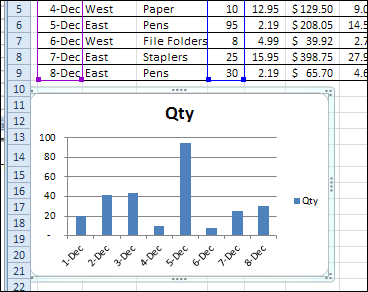

Right-click the selection and choose Hide from the context menu.ĭone! The selected sheets are no longer in view.This tip explains how to select multiple sheets.

Select one or more sheets you want to hide.

The fastest way to hide sheets in Excel is this: How to hide sheets in Excel by right-clicking
Hide all sheets except active one with VBA. The fastest way to hide sheets in Excel. Fortunately, you can easily hide as many sheets as you like as long as at least one spreadsheet remains visible. But what if you don't want all of your worksheets to be there? Say, some sheets contain source data referenced by your formulas and you'd rather not show that data to other users. 
Normally, when you open Excel, you can see all sheet tabs at the bottom of your workbook.
Formulas now become shortcuts to help you navigate large spreadsheets, allowing you to jump between and detail sections and totals.Learn how to quickly hide selected worksheets in Excel via the right-click menu and how to hide all sheets except active one with VBA. If you’re thinking of deleting or changing a cell but don’t know what it will affect, Ctrl+] will tell you if it is used in any formulas. If you want to quickly check to make sure your formula is pointing to the right cell, Ctrl+ to get back where you started. Some of you are asking why anyone would want to do that. I’ve written before about the ability to trace precedents and dependents, But I recently learned two keyboard shortcuts that take you to your current cell’s precedents or dependents.Ĭtrl+ will move your cursor to the dependent(s) of the current cell, that is, the cell or cells with a formula that uses the current cell. Conversely, the cell containing the formula is a dependent because it needs the cell containing the data to complete its function. In Excel, the other cells that are referred to in a formula are called precedents.








 0 kommentar(er)
0 kommentar(er)
